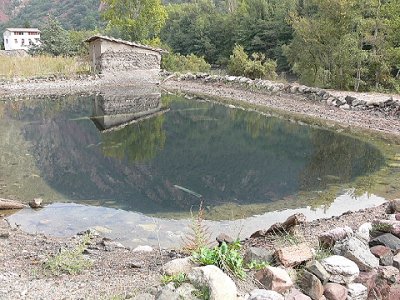
The greenish colour of the water and the sediment around the edges near the surface indicate to us its colonisation by microscopic algae, responsible for taking advantage of sunlight energy for photosynthesis.
The life that has colonised the ponds is quite different to that we can find in the lakes and reservoirs of the Pyrenees because the salinity of the water makes for special conditions.

The greenish colour of the water and the sediment around the edges near the surface indicate to us its colonisation by microscopic algae, responsible for taking advantage of sunlight energy for photosynthesis.
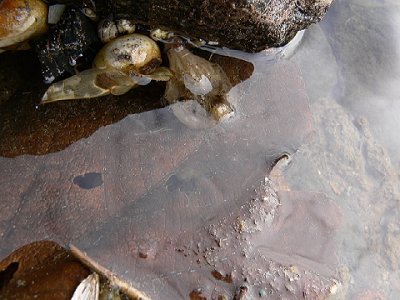
Leaves and other organic material that fall into the pond are the source of the organic material upon which numerous decomposing bacteria live.
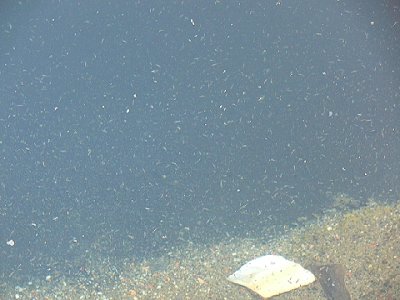
The largest animals living in the salt bed waters in Gerri are swimming crustaceans that measure a few millimetres long and feed of unicellular algae and bacteria.
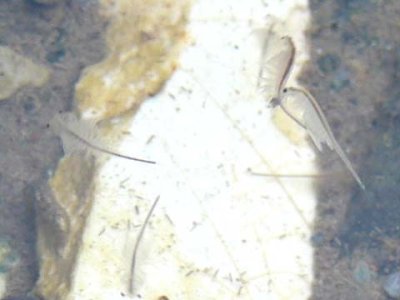
The brine shrimp (Artemia salina) in Gerri appears to be a curious variety as it is parthenogenetic (does not require the presence of males for reproduction).
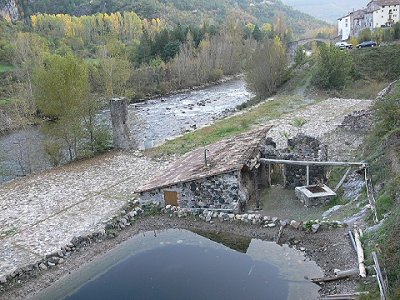
The pond is black at the bottom because it contains foul-smelling muds. When water lacks oxygen but contains organic material, there are bacteria that use sulphate oxygen to consume the organic material, leaving hydrogen sulphide, which smells foul, in the water or sediment.